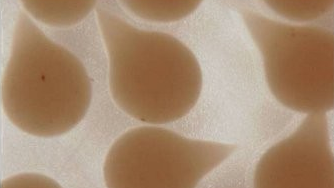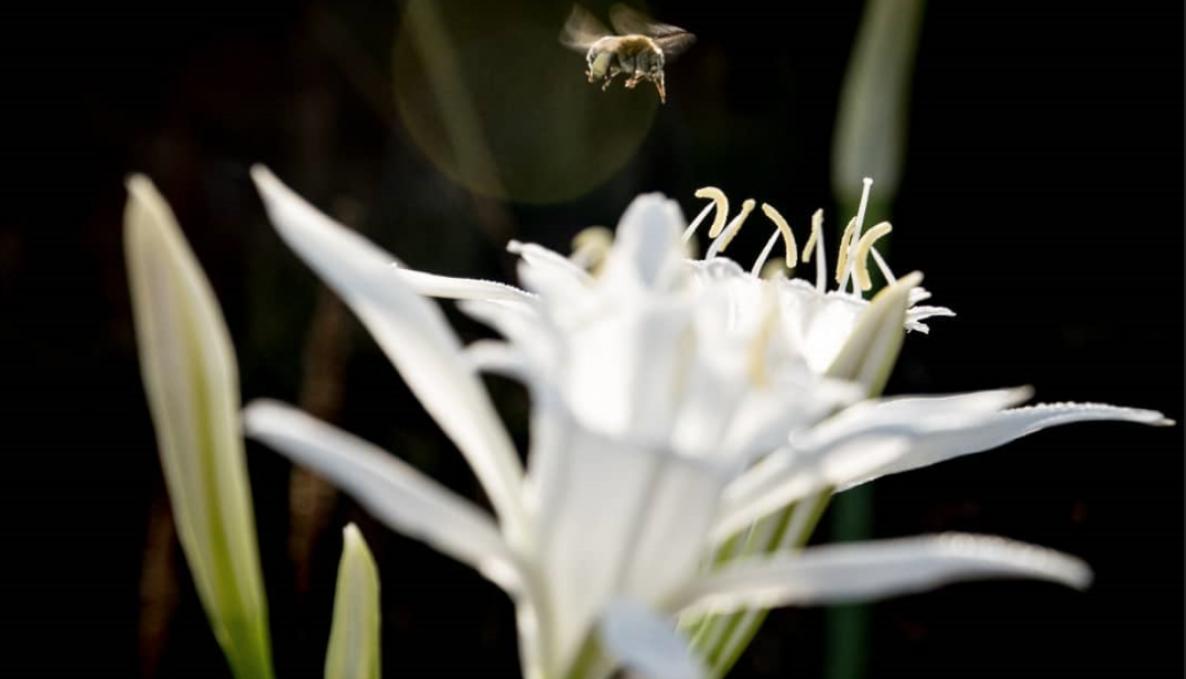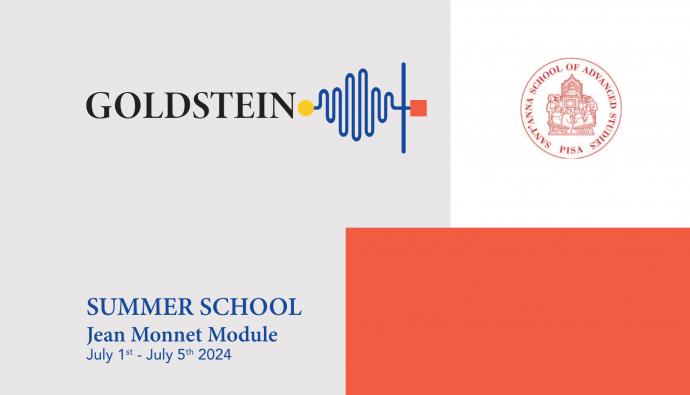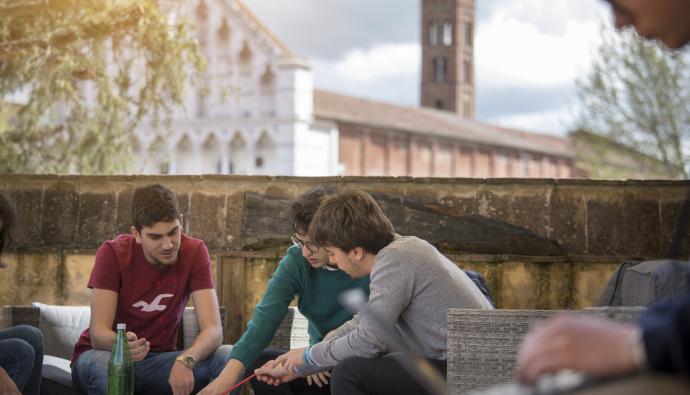THE ERC CELLOIDS PROJECT PUSHES FORWARD THE NEW FRONTIER OF MICROROBOTICS: ROBOTICS DEVICES INSPIRED BY BIOLOGICAL CELL THAT NATURALLY MOVE THROUGH BODY TISSUES
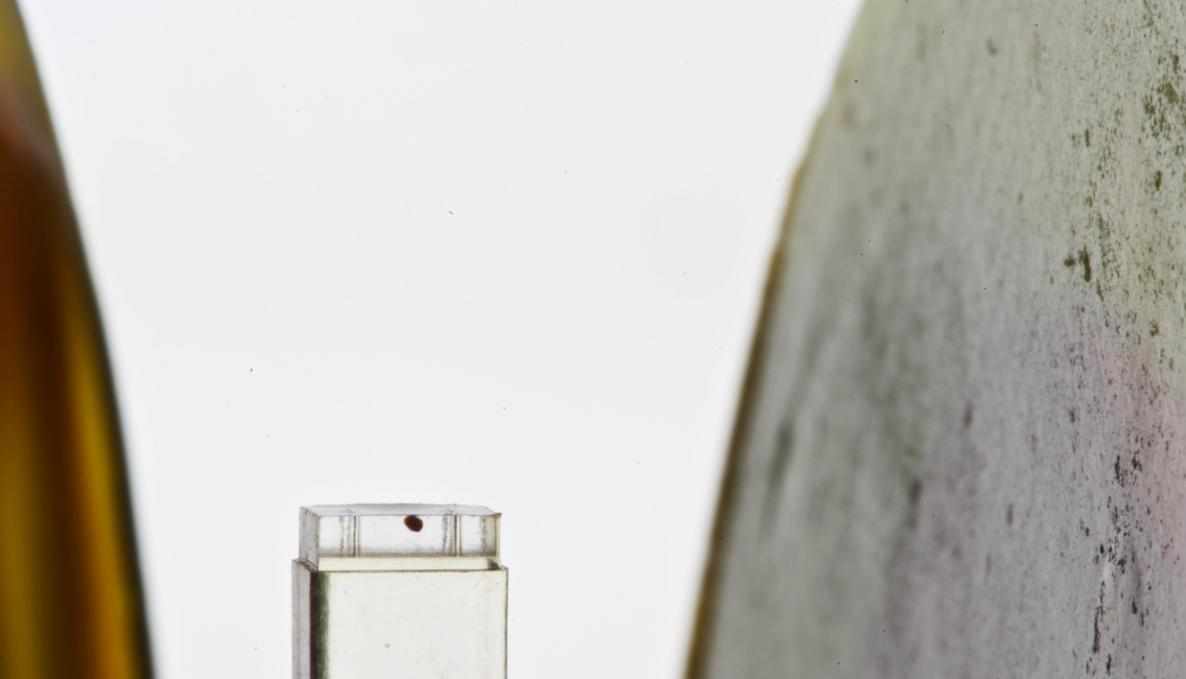
Robotic devices of microscopic size, also known as microrobots, could someday enable revolutionary non-invasive medical procedures. The ERC Celloids project pushes forward the new frontier of microrobotics. The project is funded by the European Research Council (ERC) with ERC Starting grants, and is officially started on February 1, 2021. The coordinator is Stefano Palagi, Assistant Professor at The BioRobotics Institute, Scuola Superiore Sant’Anna (Sant'Anna School). From 2014 to 2018 he was a postdoctoral researcher in the Max Planck Research Group for Micro, Nano, and Molecular Systems at the Max Planck Institute for Intelligent Systems. Then he was a postdoc in the Bioinspired Soft Robotics group at the Center for Micro-BioRobotics@SSSA (Pisa, Italy) of Italian Institute of Technology.
CELLOIDS aims at realising self-contained microrobots that can autonomously move in soft body tissues. To this aim, Palagi will take inspiration from biological cells that naturally move through body tissues, such as white blood cells. These continuously change their shape and squeeze through the tiny space between neighbouring cells. The project will thus develop microrobots able to mimic this 'amoeboid movement', spontaneously changing their body-shape and adapting it to their surroundings. The microrobots, consisting of swarms of self-propelled particles in a liquid body, will sense environmental cues and external control signals, and will autonomously find their way through complex tissue-like media.
"The innovative feature of these microrobots - explains Stefano Palagi - is the ability to independently change one's body shape and adapt to the surrounding environment".
CELLOIDS will establish a radically new method to design microrobots and will result in the first microrobots capable of autonomous navigation of body tissues. The cell-inspired microrobots (or 'celloids') will also constitute a robotic model for studying the migration of immune and cancer cells in body tissues. The celloids will eventually enable revolutionary medical procedures such as long-term monitoring and non-invasive interventions in delicate organs.
"We are proud to host this important project - says Christian Cipriani, director of The BioRobotics Institute, Scuola Superiore Sant’Anna - and we are convinced that our Institute is the ideal place to move forward this grant. The Celloids project confirms one of our primary interests: finding technological solutions for people's health".


